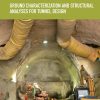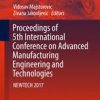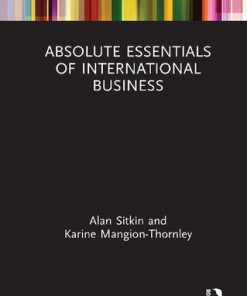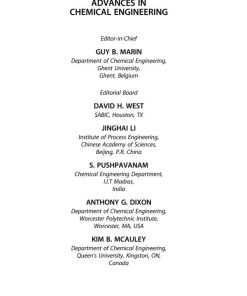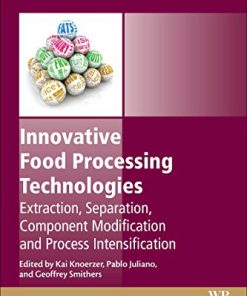Separation Process Essentials 1st Edition by Alan Lane 9781351618137 135161813X
$50.00 Original price was: $50.00.$25.00Current price is: $25.00.
Separation Process Essentials 1st Edition by Alan Lane – Ebook PDF Instant Download/Delivery: 9781351618137, 135161813X
Full download Separation Process Essentials 1st Edition after payment
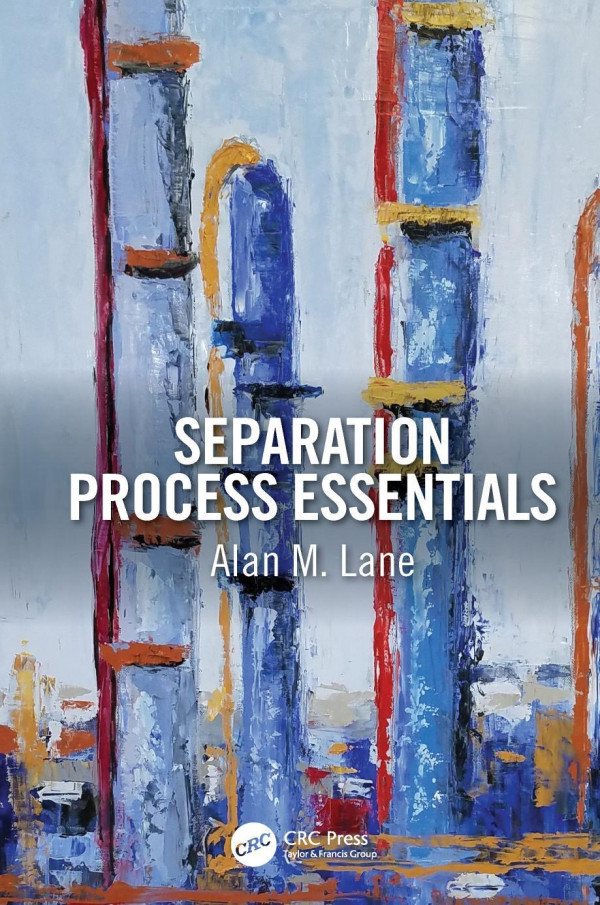
Product details:
• ISBN 10:135161813X
• ISBN 13:9781351618137
• Author:Alan Lan
Separation Process Essentials
Separation Process Essentials provides an interactive approach for students to learn the main separation processes (distillation, absorption, stripping, and solvent extraction) using material and energy balances with equilibrium relationships, while referring readers to other more complete works when needed. Membrane separations are included as an example of non-equilibrium processes. This book reviews and builds on material learned in the first chemical engineering courses such as Material and Energy Balances and Thermodynamics as applied to separations. It relies heavily on example problems, including completely worked and explained problems followed by “Try This At Home” guided examples. Most examples have accompanying downloadable Excel spreadsheet simulations. The book also offers a complementary website, http://separationsbook.com, with supplementary material such as links to YouTube tutorials, practice problems, and the Excel simulations. This book is aimed at second and third year undergraduate students in Chemical engineering, as well as professionals in the field of Chemical engineering, and can be used for a one semester course in separation processes and unit operations.
Separation Process Essentials 1st Table of contents:
Part I Introduction
1. Introduction to Separation Processes
1.1 Summary
2. A Look Inside Your Chemical Engineering Toolbox
2.1 Process Flow Diagrams
2.2 Labeling
2.3 Material Balances
2.4 Energy Balances
2.5 Phase Equilibrium
2.6 Spreadsheets
2.7 Graphs and Tables
2.8 Computer-Aided Design Software
2.9 Work Ethic
2.10 Summary
Part II Distillation
3. Single-Stage Distillation: Material Balances
3.1 Systematic Solution Procedure
3.2 Mathematical Methods
3.2.1 Mole Balances
3.2.2 Phase Equilibrium
3.3 Graphical Methods
3.4 Summary
4. Single-Stage Distillation: Energy Balances
4.1 Calculation of Heat
4.2 Trick of the Trade: The Enthalpy Table
4.3 Adiabatic Flash Drum
4.4 Using Published Thermodynamic Data
4.5 Summary
5. Multi-Stage Distillation
5.1 Analysis of Two Stages
5.2 Analysis of Several Equilibrium Stages in Series
5.3 Summary
6. Mathematical Analysis of Distillation Columns
6.1 Overall Material Balance
6.2 Lewis Method
6.3 Summary
7. Graphical Design of Distillation Columns
7.1 Top Operating Line
7.2 Bottom Operating Line
7.3 Feed Stage “q” Line
7.4 Steppin’ Off the Stages
7.5 Limiting Conditions
7.5.1 Total Reflux
7.5.2 Minimum Reflux
7.6 A Moment of Reflection
7.7 Summary
8. Energy Balances for Distillation Columns
8.1 Individual Stage Material and Energy Balances
8.2 Rigorous Analysis
8.3 CAD Results
8.4 Summary
9. Distillation: Variations on a Theme
9.1 Multiple Feeds
9.2 Open Steam
9.3 Side Products
9.4 Summary
10. Multicomponent Distillation
10.1 Lewis Method
10.2 “Brute Force” Method
10.3 Summary and Discussion
11. Distillation of Non-Ideal Systems
11.1 Lewis Method
11.2 McCabe–Thiele Method
11.3 Summary
Part III Absorption and Stripping
12. Single-Stage Absorption and Stripping
12.1 Absorption
12.2 Stripping
12.3 Summary
13. Mathematical Analysis of Absorption/Stripping Columns
13.1 Two Stages
13.2 Solute-Free Variables
13.3 Multi-Stage Absorption Columns
13.4 An Interesting Observation (Again!)
13.5 Multi-Stage Stripping Columns
13.6 Yet Another Interesting Observation
13.7 Summary
14. Graphical Design of Absorption/Stripping Columns
14.1 Phase Equilibrium Curve
14.2 Absorber Operating Line
14.3 Minimum Absorbent Flow Rate
14.4 Stripping Operating Line
14.5 Summary
15. Multicomponent and Adiabatic Absorption Columns
15.1 Thermodynamics
15.2 Rigorous Analysis
15.3 Summary
16. Column Design
16.1 How Tall Should a Column Be?
16.2 How Tall Should a Tray Column Be?
16.2.1 Overall Column Efficiency
16.2.2 Murphree Efficiency
16.2.3 O’Connell Correlation
16.2.4 Estimating Efficiency Using Laboratory Data
16.3 How Tall Should a Packed Column Be?
16.3.1 The HETP Method
16.4 How Big Should a Column Be?
16.5 How Big Should a Tray Column Be?
16.6 How Big Should a Packed Column Be?
16.7 Summary
Part IV Solvent Extraction
17. Single-Stage Solvent Extraction
17.1 Liquid–Liquid Equilibrium
17.2 Graphical Analysis
17.3 Mathematical Analysis
17.4 NRTL Equation
17.5 Summary
18. Mathematical Analysis of Solvent Extraction Columns
18.1 Two Parallel Stages
18.2 Two Countercurrent Stages
18.3 Three Countercurrent Stages
18.4 Summary
19. Graphical Design of Solvent Extraction Columns
19.1 Graphical Method
19.2 Summary
Part V Membranes
20. Membrane Separations
20.1 Gas Permeation
20.2 Reverse Osmosis
20.3 Summary
Appendix
References
Epilogue
Index
People also search for Separation Process Essentials 1st:
separation process essentials
separation process essentials pdf
separation process
separation processes examples
separation process principle
You may also like…
Thrillers & Mystery - Action & Adventure
Business & Economics - Mathematical Economics
Absolute Essentials of International Business 1st Edition Alan Sitkin
Medicine - Internal Medicine
Engineering - Chemical Engineering
Transport Processes and Separation Process Principles 5th Edition Christie John Geankoplis
Science (General)
Thermochemical Process Engineering 1st Edition by Kevin M Van Geem ISBN 9780128097779 0128097779
Politics & Philosophy - Sociology
Business & Economics - Sales & Marketing
Absolute Essentials of Digital Marketing 1st Edition Alan Charlesworth


